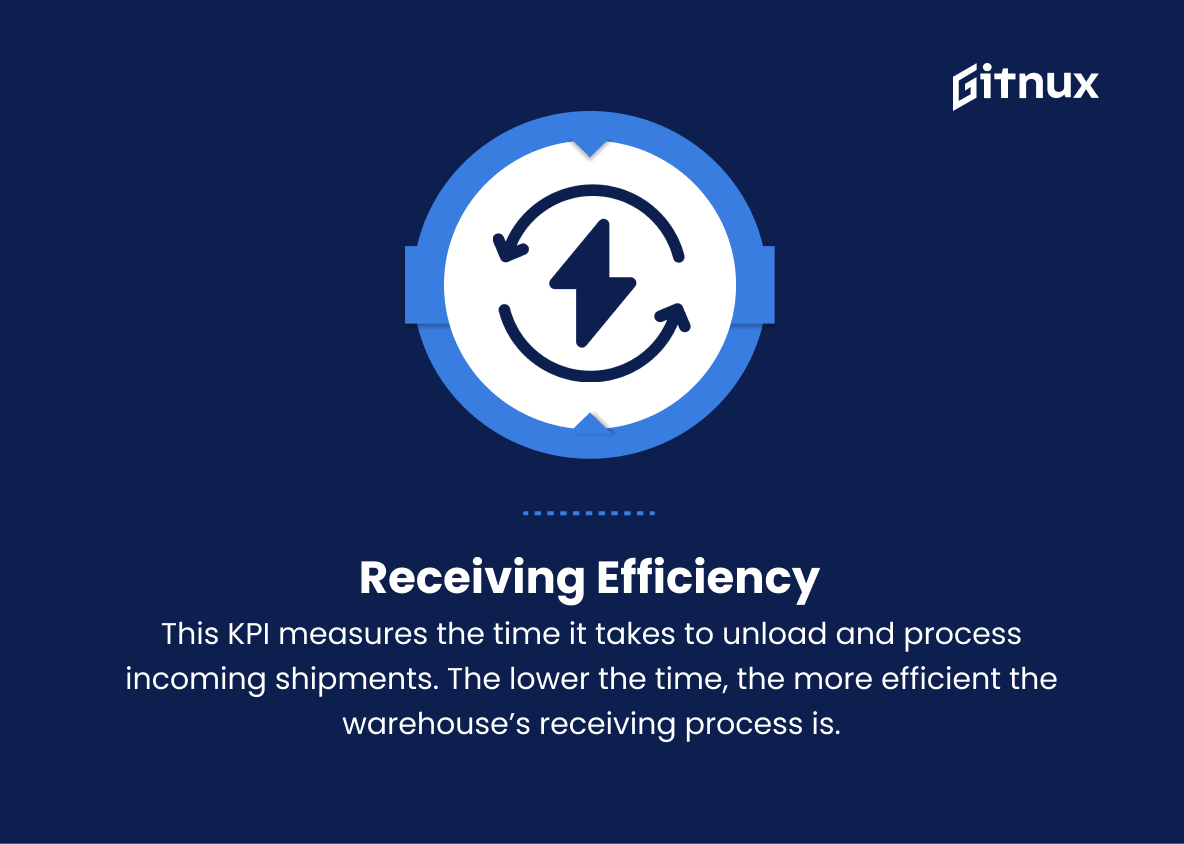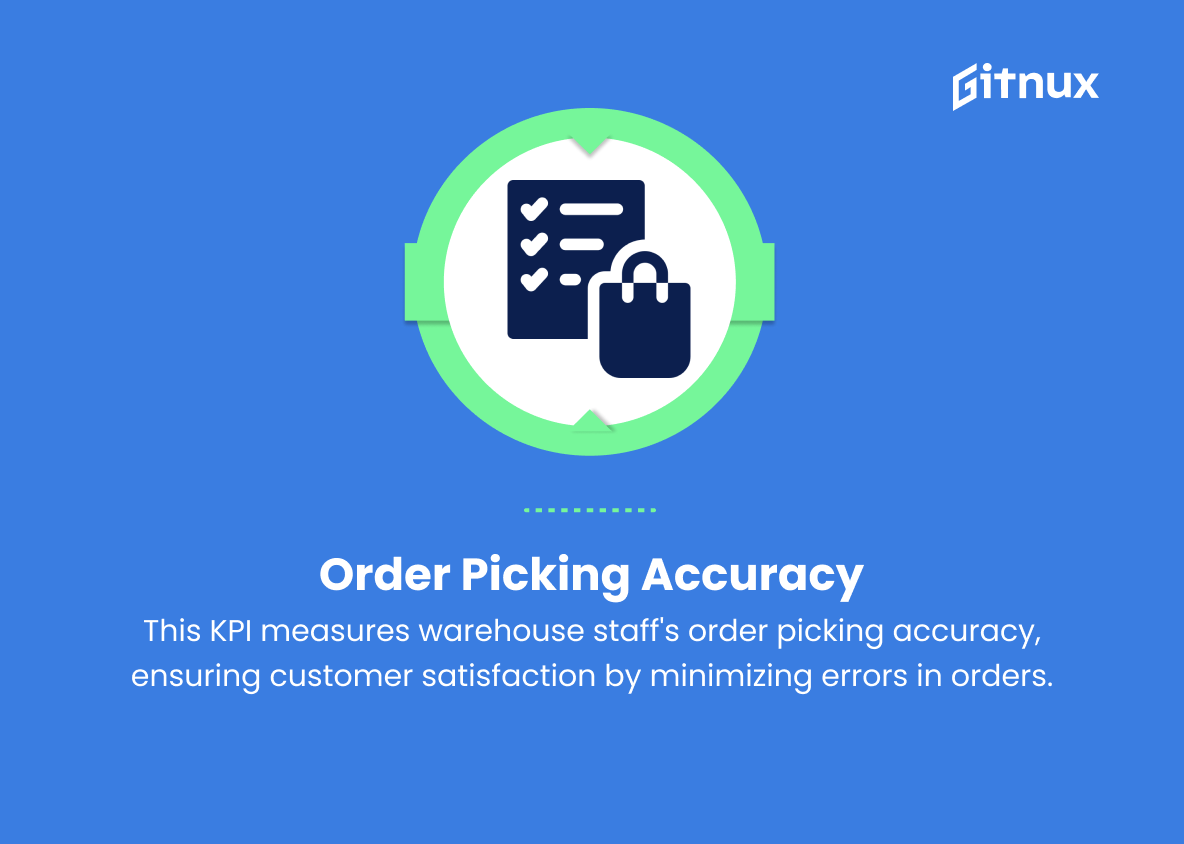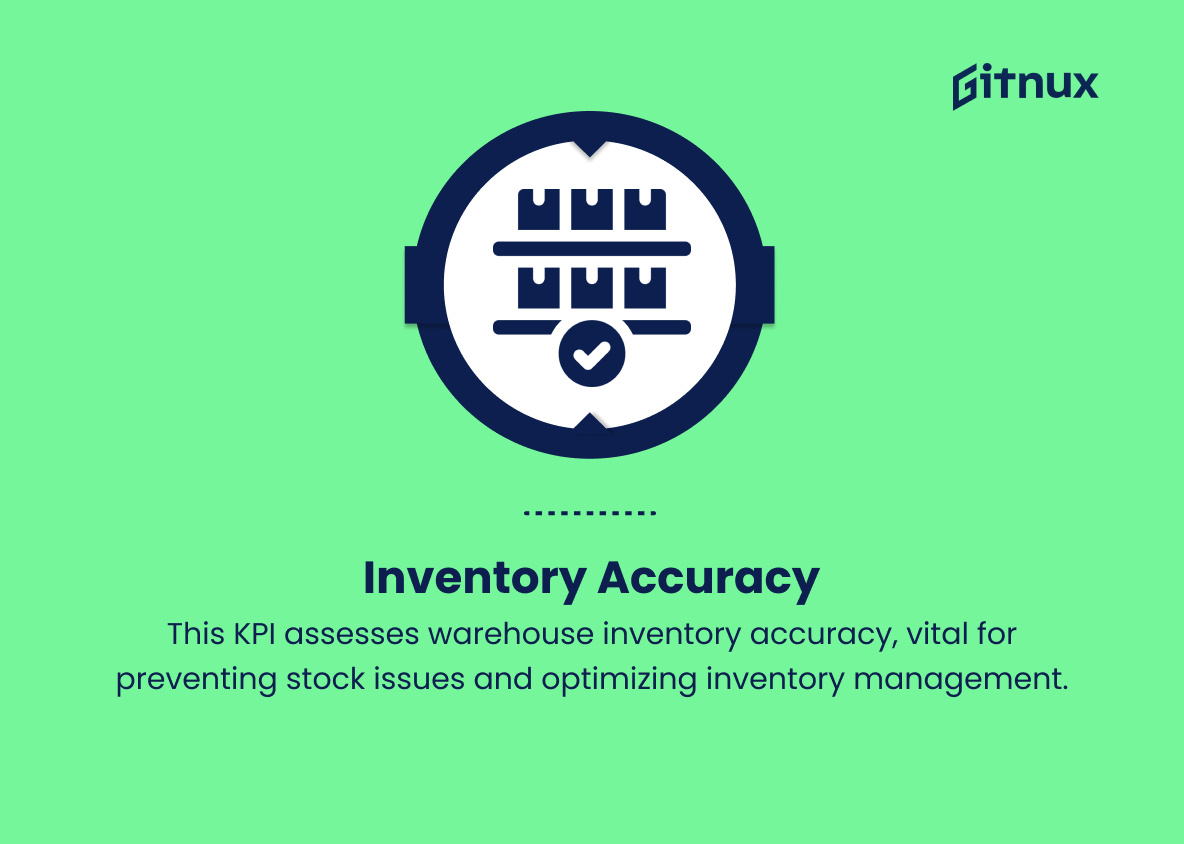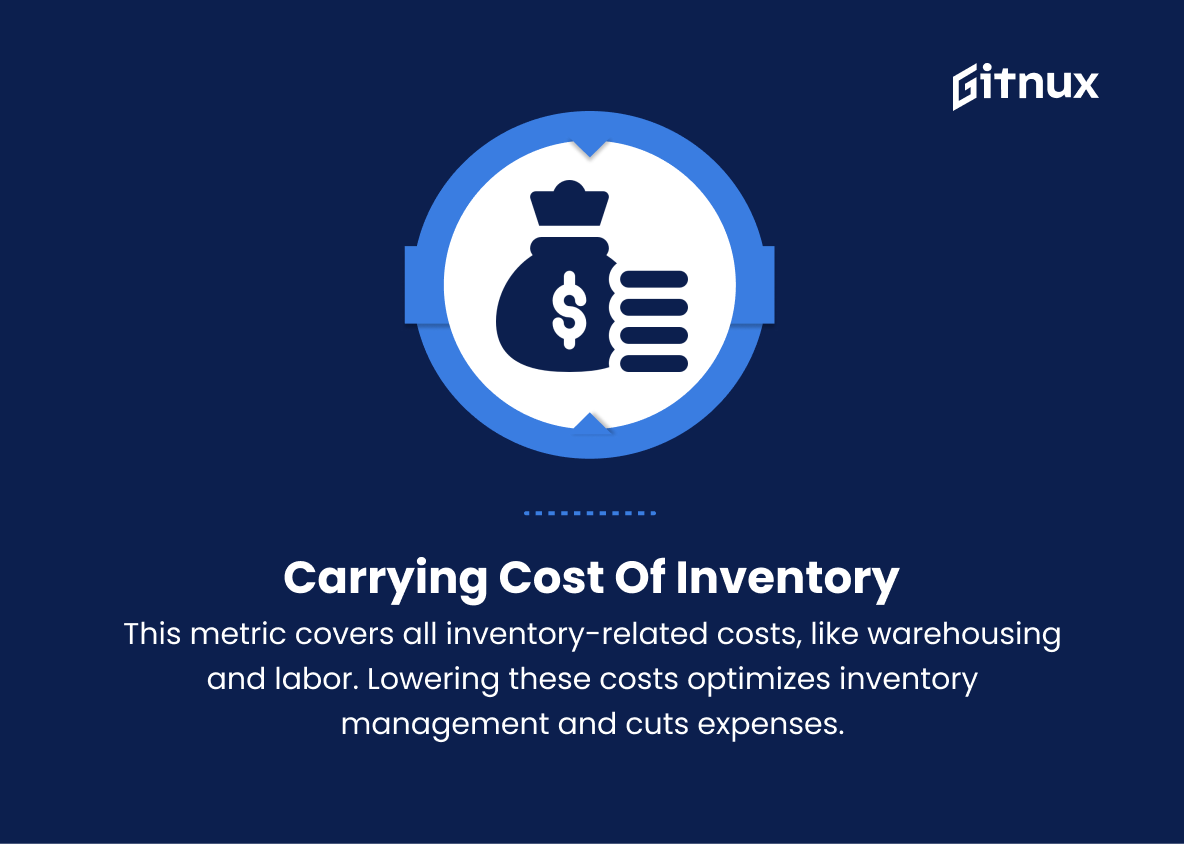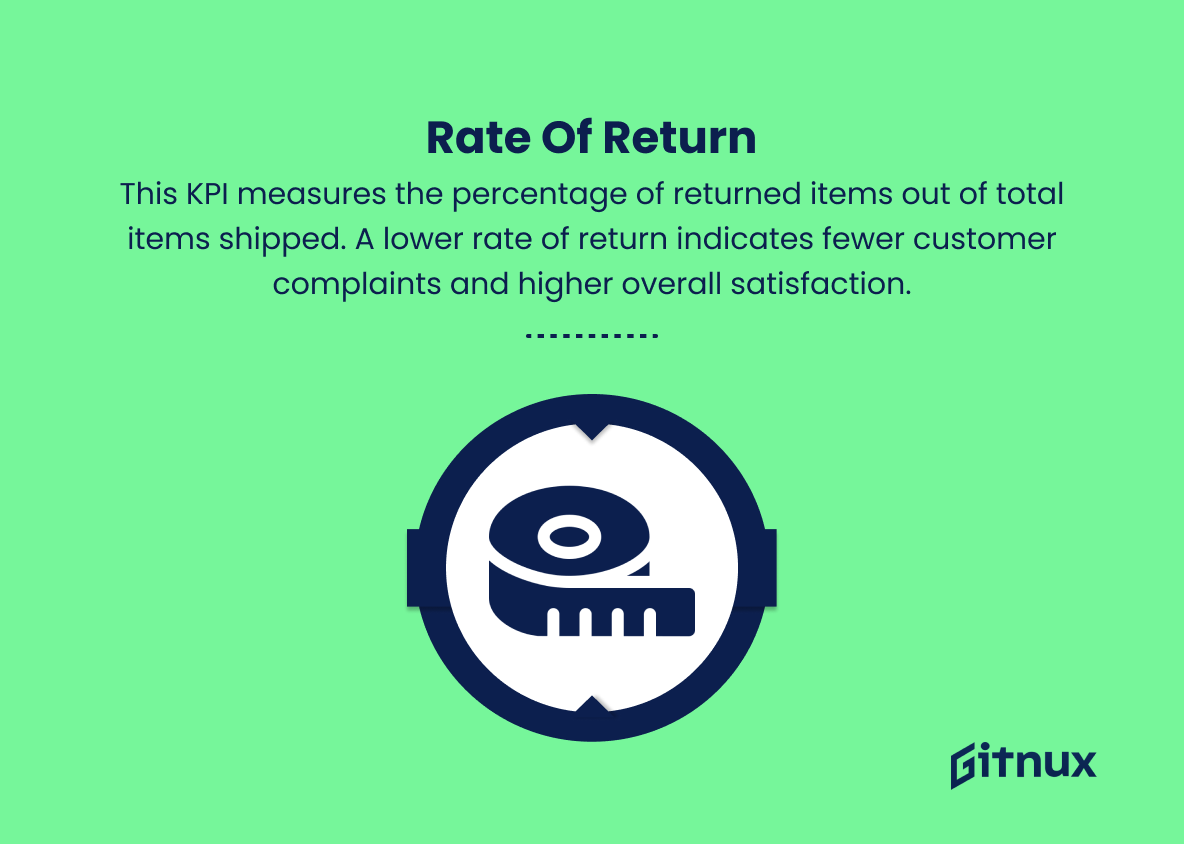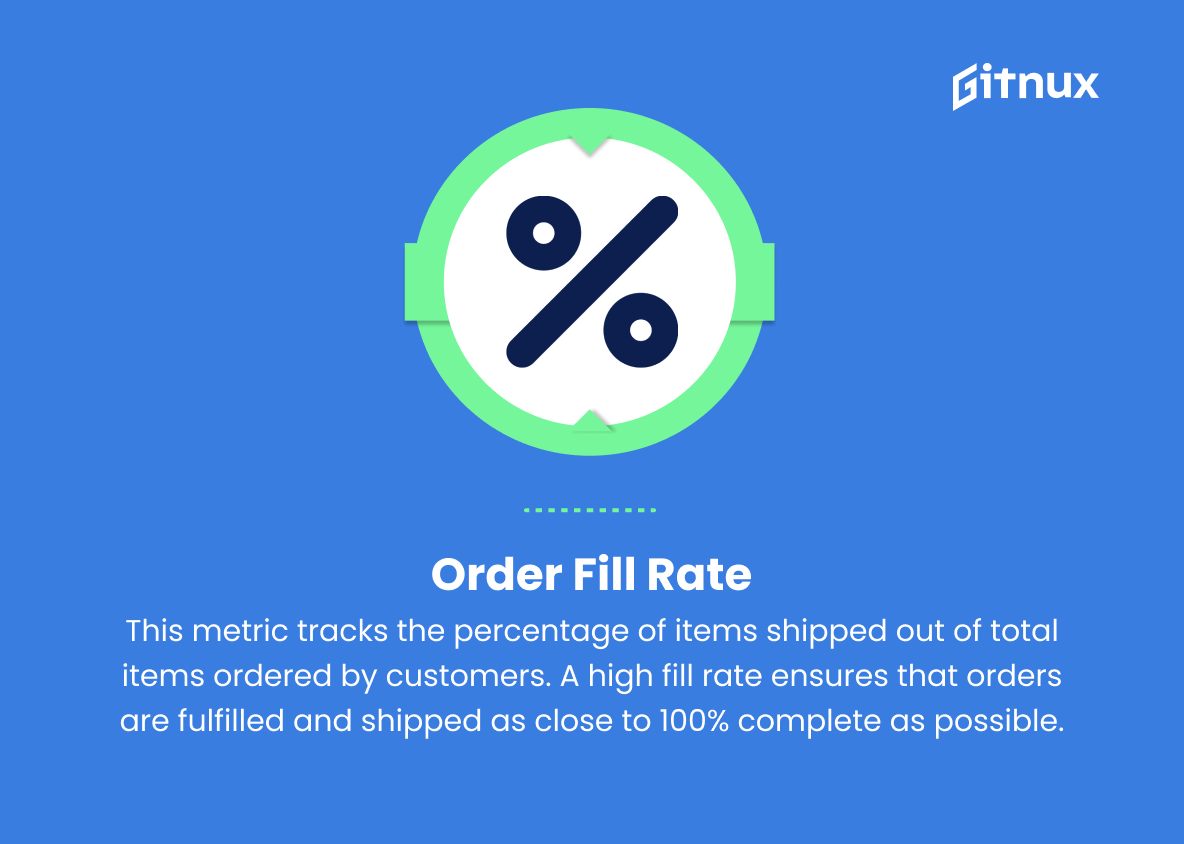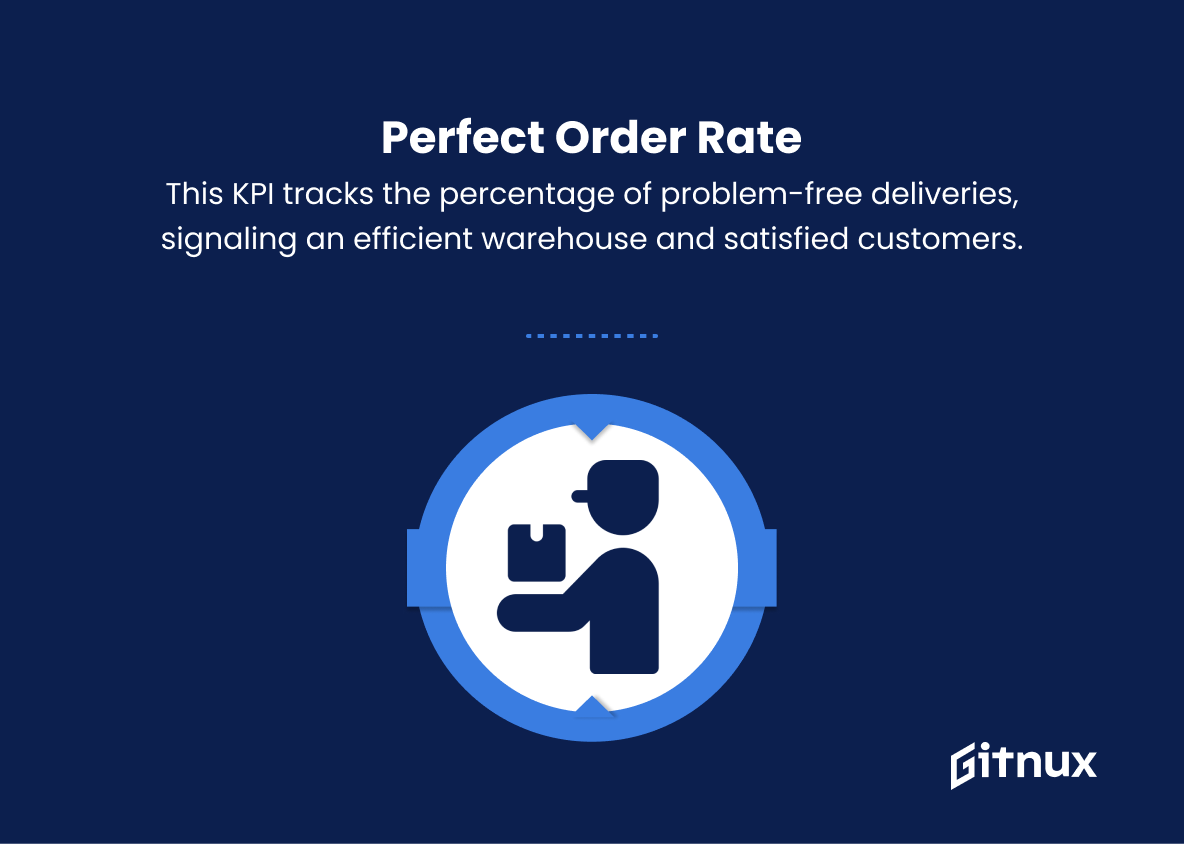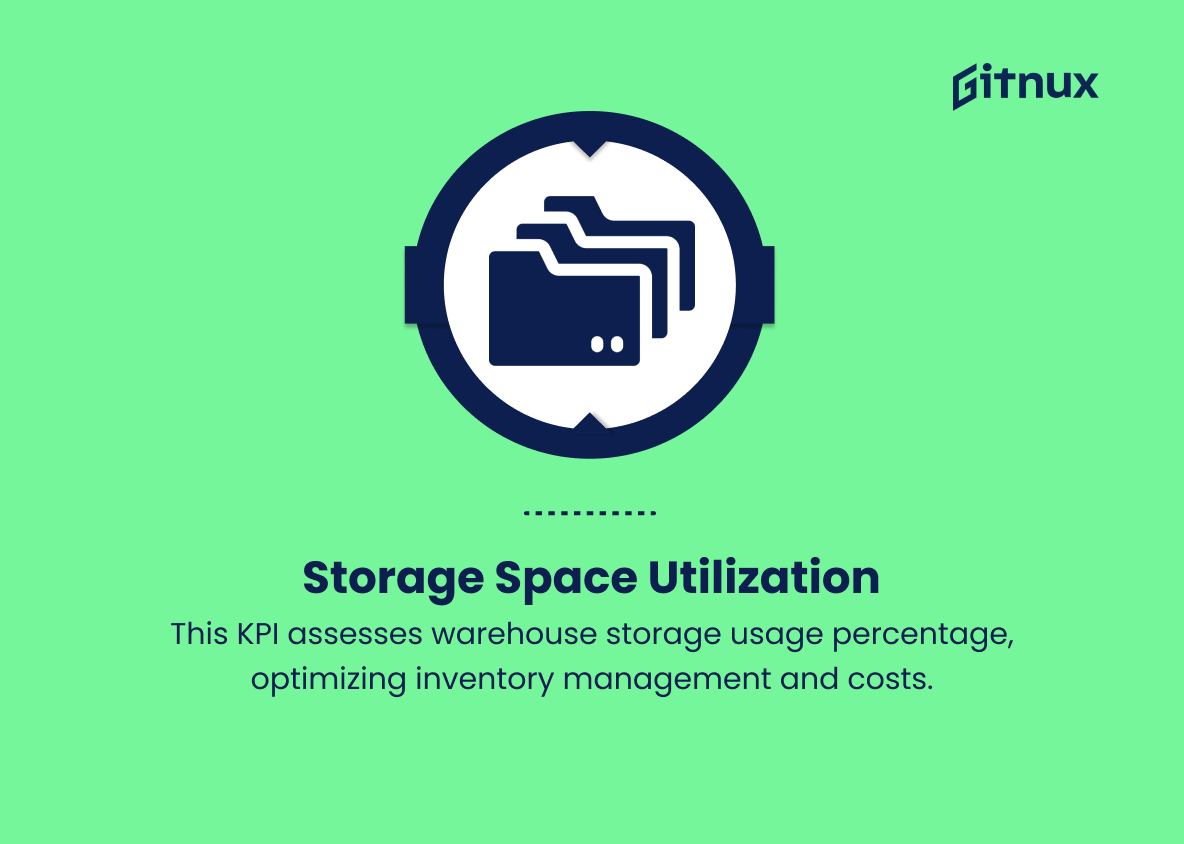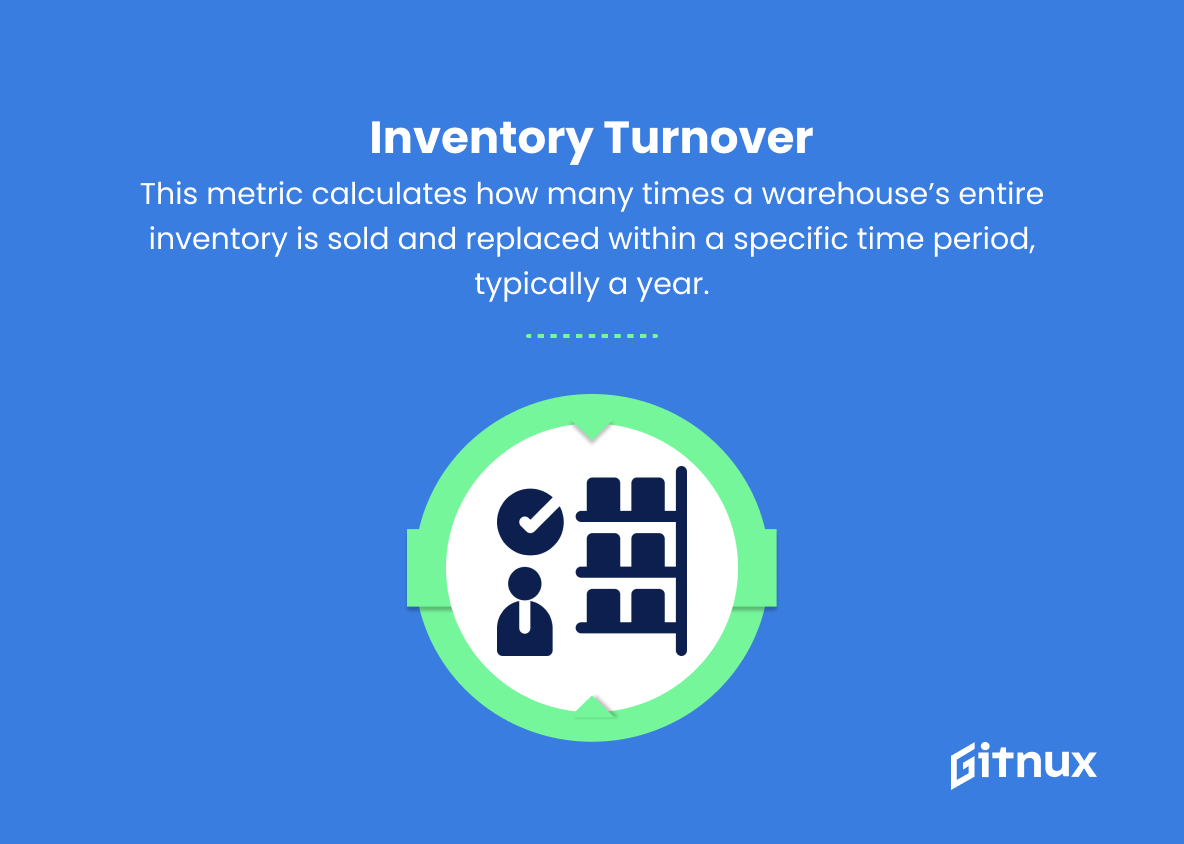In today’s fast-paced, competitive business environment, effective and efficient warehouse management is a critical component of supply chain success. Managing inventory, fulfilling customer orders, and optimizing storage space are just a few of the myriad tasks warehouse operators face on a daily basis. But how do you measure the success and performance of your warehouse? Key Performance Indicators (KPIs) are an essential tool for evaluating the overall efficiency and productivity of warehouse operations.
In this blog post, we will explore the importance of warehouse management KPIs, identify the key metrics that should be consistently tracked, and explore strategies for using these KPIs to drive continuous improvement through data-driven decision making. By understanding and monitoring these critical metrics, you can ensure that your warehouse remains an indispensable asset in your supply chain ecosystem.
Warehouse Management KPIs You Should Know
1. Receiving efficiency
This KPI measures the time it takes to unload and process incoming shipments. The lower the time, the more efficient the warehouse’s receiving process is.
2. Put-away time
This indicator measures the time it takes to store received items in their designated locations. Minimizing put-away time helps in optimizing storage space and speeding up order fulfillment.
3. Order picking accuracy
This KPI tracks how accurately warehouse staff pick items for orders. High order picking accuracy ensures customer satisfaction by reducing the number of incorrect or missing items in their orders.
In today’s fast-paced, competitive business landscape, effective and efficient warehouse management is a critical component for supply chain success.4. Order cycle time
This metric measures the time it takes an order to be processed from receiving the order to shipping it out. A shorter order cycle time means faster order fulfillment and higher customer satisfaction.
5. Inventory accuracy
This KPI evaluates how well the physical inventory in the warehouse matches the inventory records. High inventory accuracy prevents stockouts and overstock situations, ensuring optimal inventory management.
6. Warehouse labor productivity
This KPI measures how efficiently warehouse staff complete their tasks, often represented as units or items processed per labor hour. Higher productivity results in cost savings and higher throughput.
Warehouse Management KPIs play a critical role in optimizing operations, ensuring customer satisfaction, and maintaining cost efficiency.7. Carrying cost of inventory
This metric includes all costs associated with storing and maintaining inventory, such as warehousing, labor, and insurance costs. Reducing carrying costs helps optimize inventory management and minimize overall expenses.
8. Rate of return
This KPI measures the percentage of returned items out of total items shipped. A lower rate of return indicates fewer customer complaints and higher overall satisfaction.
9. Order fill rate
This metric tracks the percentage of items shipped out of total items ordered by customers. A high fill rate ensures that orders are fulfilled and shipped as close to 100% complete as possible.
10. Perfect order rate
This KPI measures the percentage of orders that were delivered without any issues, such as damage, incorrect items, or delays. A high perfect order rate indicates an efficient warehouse operation and high customer satisfaction.
11. Storage space utilization
This KPI evaluates the percentage of available storage space being used in the warehouse. Maximizing storage space utilization helps manage inventory efficiently and cost-effectively.
12. Inventory turnover
This metric calculates how many times a warehouse’s entire inventory is sold and replaced within a specific time period, typically a year. A higher inventory turnover indicates efficient inventory management and customer demand fulfillment.
Warehouse Management KPIs Explained
Warehouse management KPIs play a critical role in optimizing operations, ensuring customer satisfaction, and maintaining cost efficiency. Receiving efficiency, put-away time, picking accuracy, order cycle time, and inventory accuracy are key indicators of the warehouse’s ability to manage incoming product, streamline storage, and fulfill orders accurately and on time. Metrics such as labor productivity, inventory carrying costs, return rate, order fill rate, and perfect order rate provide insight into overall warehouse performance, help identify areas for improvement, and increase customer satisfaction.
Monitoring space utilization and inventory turns provides valuable information about the warehouse’s ability to effectively manage inventory and meet customer demand, both of which are critical to successful warehouse management. Together, these KPIs help warehouse managers make informed decisions and continually optimize their operations for improved performance and profitability.
Conclusion
In summary, monitoring and optimizing warehouse management KPIs is critical to ensuring the smooth and efficient operation of your warehouse facility. By focusing on the most impactful KPIs, such as order accuracy, inventory turns, warehouse utilization, and employee productivity, companies can not only improve their bottom line, but also enhance the overall customer experience.
Continuously analyzing and adjusting these KPIs will help your warehouse adapt to industry changes, maintain a competitive edge, and drive future growth. By investing time and resources in understanding and improving these key performance indicators, your business will undoubtedly reap the benefits in the long run.
